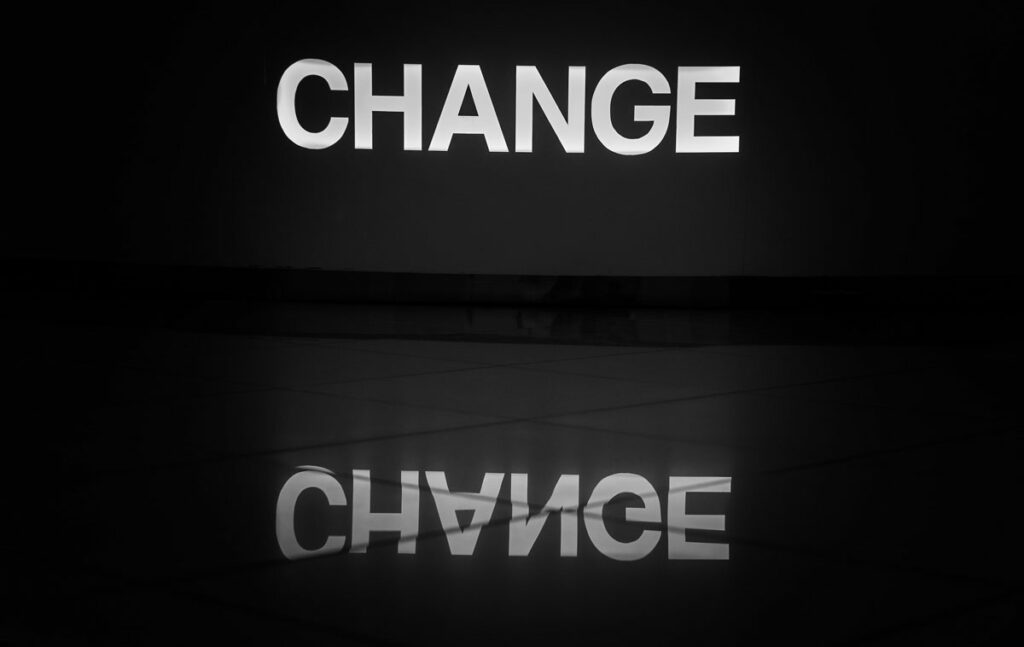To lead change in long term service relationships

Spark’s focus is to lead growth in product-oriented businesses. When doing that, one focus area is how to manage increased need for services in relation to the products. Service organizations are often working close together with external partners or major clients, so there is a need to put extra attention to change in long term service relationships.
Leading change in an organization is difficult and takes time, I think everyone agrees on that. Leading change in a collaboration between different parties is even more complex. Still, this is something that everyone with major business and operational relationships needs to handle. Here are some experiences I have gathered.
First, take action! Many business relationships are specified in a contract based on what the situation looked like when the contract was written (or, in the worst case, even further back in time). Then it normally run until it expires, whereupon a change can be made in a new deal. Sometimes an external change forces the parties to re-negotiate the agreement prematurely. Otherwise, other than minor ongoing adjustments are often difficult to make and can create great frustration and irritation in business relationships.
Unfortunately, there is usually an obstacle in the form of the agreement. Agreements are written based on the service that is defined there and then, not based on what the service is desired to look like in some years ahead. Therefore, the parties need to discuss and agree on a strategy for change already when the agreement is written. This can be done, for example, by entering into the agreement a common goal for, or strategic ambition with, the collaboration. By doing this, you also open up for that the agreement needs to be adapted over time.
Another parameter that also can hinder effective change management is that the parties often have different goals with a collaboration. A customer probably wants as much value as possible for their money, while the supplier often wants to make as much money as possible for the value they deliver. The customer wants to be able to adapt their services to current needs, where the supplier wants a stable delivery with standardized processes. Here it is important to have an open dialogue that is based on a mutual ambition for a long-term perspective in the collaboration.
Even in the practical work, there are several things that can make effective change management more difficult. It may, for example, be that the parties have
- leaders with different leadership styles or different agendas
- different corporate culture and traditions to handle change
- activities based on different values
- roles that completely or partially overlap
- processes and structures that do not fit together
- individuals with different experiences of change work
The important thing to keep in mind when it comes to these types of challenges is that, with the right leadership, they can be turned into strengths. It is through differences that we find new ways and new solutions to old problems. Here, an external, neutral party can often play a crucial role in obtaining success.
A change work in a relationship thus always entails challenges, but also creates a wide range of opportunities. In many cases, collaboration is even the basis and prerequisite for change work. Therefore, always strive to see the possibilities for change in a collaboration and to transform problems and weaknesses into strengths and success factors.






